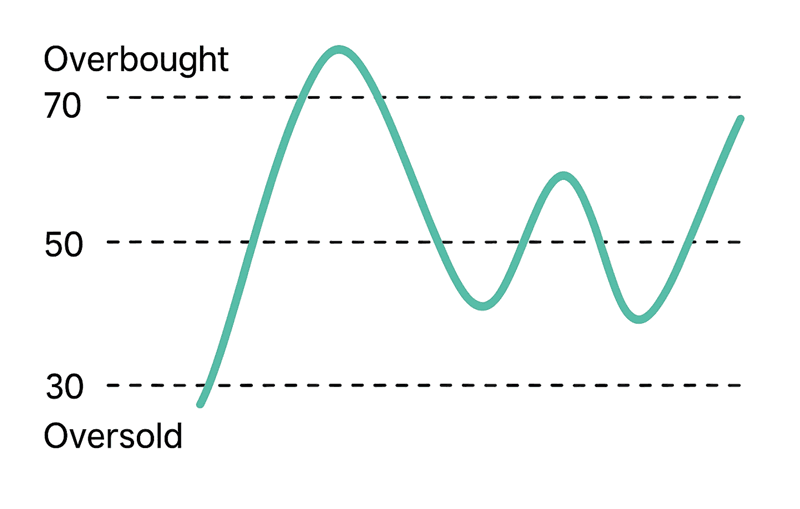MarketLens
Buffett Indicator at All-Time High: What It Means for Investors
The Warren Buffett Indicator, a key metric for assessing stock market valuation relative to the economy, has reached its highest point in history. This unprecedented level raises significant questions about the sustainability of current market valuations and the potential for future corrections. This report aims to provide a comprehensive analysis of what this historic high means for financial markets, synthesizing insights from various expert sources and considering recent economic developments.
Understanding the Warren Buffett Indicator
The Warren Buffett Indicator, also known as the total market cap-to-GDP ratio, compares the combined value of all publicly traded companies to the country’s gross domestic product (GDP).
Historically, this ratio has fluctuated between 100% and 150%, with levels above 150% often signaling overvaluation. As of the current date, the indicator has surpassed 200%, suggesting that the stock market is significantly overvalued relative to the size of the U.S. economy.
Historical Context and Current Levels
Historically, peaks in the Warren Buffett Indicator have often preceded significant market corrections. For instance, the ratio reached high levels before the Dot-Com bubble burst in 2000 and the Global Financial Crisis in 2008. The current level of over 200% surpasses these historical peaks, indicating an extreme level of market overvaluation.
According to data from the Bureau of Economic Analysis (BEA) and World Bank, the indicator’s recent surge highlights the continued resilience and growth of the U.S. market amidst various economic challenges. However, this resilience may be masking underlying vulnerabilities that could lead to a market correction.
Expert Opinions and Market Sentiment
Several experts have weighed in on the implications of the current high levels of the Warren Buffett Indicator. Goldman Sachs’ tactical specialist Scott Rubner has stated that he is “on correction watch” for stocks, suggesting that a market downturn could be imminent. Similarly, technical analysis of the S&P 500 indicates that a correction may occur in the second half of the year.
Warren Buffett himself has described the indicator as “probably the best single measure of where valuations stand at any given moment.” However, he also cautions that it should not be used as the sole basis for investment decisions. Other factors, such as interest rates, earnings growth, and economic conditions, must also be considered.
Underlying Trends and Market Forces
Several underlying trends and market forces are contributing to the current high levels of the Warren Buffett Indicator:
- Low Interest Rates: Persistently low interest rates have driven investors to seek higher returns in the stock market, pushing up valuations.
- Earnings Growth: Strong earnings growth, particularly in technology and AI-related sectors, has contributed to higher market valuations.
- Economic Conditions: Despite various economic challenges, the U.S. economy has shown resilience, supporting higher stock prices.
However, these factors also introduce risks. Low interest rates may not be sustainable in the long term, and any increase could lead to a market correction. Similarly, if earnings growth slows or economic conditions deteriorate, stock valuations could come under pressure.
Potential Implications for Stakeholders
The historic high of the Warren Buffett Indicator has several potential implications for different stakeholders:
- Investors: For individual and institutional investors, the current high levels suggest caution. While the market may continue to rise in the short term, the risk of a correction is significant. Diversification and a focus on fundamentally strong companies may help mitigate risks.
- Policy Makers: For policymakers, the high levels of the indicator may signal the need for caution in monetary and fiscal policies. Tightening monetary policy too quickly could trigger a market correction, while continued loose policies could exacerbate overvaluation.
- Corporations: For corporations, high market valuations provide opportunities for raising capital through equity offerings. However, they also face the risk of a market downturn, which could impact their stock prices and access to capital.
Conflicting Viewpoints and Balanced Perspectives
While the high levels of the Warren Buffett Indicator suggest overvaluation, some experts argue that fears may be overblown. High levels of concentration in the S&P 500, driven by strong performance in a few key sectors, have not always led to negative returns. Additionally, globalization has expanded profit-making opportunities for companies, potentially justifying higher valuations.
However, it is essential to consider a range of factors when evaluating the stock market. Interest rates, inflation, and economic growth all play significant roles in determining market direction. The Warren Buffett Indicator should be used in conjunction with other indicators and research to make informed investment decisions.
Key Insights and Future Developments
Several key insights emerge from the analysis of the Warren Buffett Indicator’s historic high:
- Market Overvaluation: The indicator’s current level suggests significant overvaluation, raising the risk of a market correction.
- Economic Resilience: Despite high valuations, the U.S. economy has shown resilience, supporting continued market growth.
- Diversification and Caution: Investors should exercise caution and consider diversification to mitigate risks in an overvalued market.
Looking forward, several potential developments could impact the market:
- Monetary Policy Changes: Any changes in monetary policy, particularly interest rate hikes, could trigger a market correction.
- Economic Conditions: Continued economic resilience could support high market valuations, while any deterioration could lead to a downturn.
- Sector Performance: Strong performance in key sectors, particularly technology and AI, could continue to drive market growth, but also introduces sector-specific risks.
Conclusion
In conclusion, the Warren Buffett Indicator’s historic high as of July, 2024, signals significant overvaluation in the U.S. stock market. While this raises the risk of a market correction, it is essential to consider a range of factors, including interest rates, earnings growth, and economic conditions, when making investment decisions. Investors should exercise caution, diversify their portfolios, and remain vigilant to potential market developments. The current market environment presents both opportunities and risks, and a balanced, informed approach is crucial for navigating these challenges.
Related Articles
Category
You may also like
No related articles available
Breaking News
View All →No topics available at the moment






